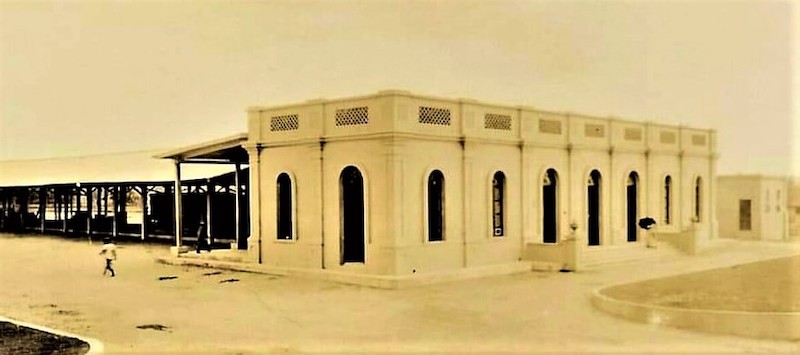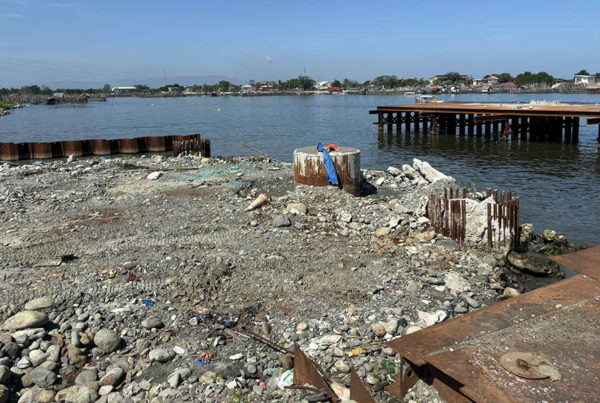Train ride to heritage

By Rex Catubig
THE Ferrocarril de Manila-Dagupan, the forerunner of PNR, began building in 1888 following a royal decree issued by King Alfonso of Spain mandating the laying out of a railway system in the island of Luzon. After years of extensive construction by Filipino labor, the railway started its maiden operation on November 24, 1892.
This was an epochal event for the coastal town of Dagupan as this flung wide open an inland corridor to commerce, trade, and culture along the railway route. With this historic development, Dagupan’s claim as the region’s hub, gained confirmation.

The Dagupan terminal consequently became a familiar landmark—the linear railway cutting a wide swath across the urban landscape with steel rail on wooden planks. At given times of the day, the blare of the steam trumpet and the clanking bell heralding its approach and departure, resonated throughout the vicinity like royal fanfare.
A long-time resident of the PNR site recalls paying P2.20 as fare for the trip to Tutuban–the Manila terminal of the railway system. I remember shelling out P3.35 during my student days.
Whatever was the fare one paid at the time, the Manila-Dagupan train gave back much more in return. It was part of our growing up. The train ferried us in pursuit of our dreams and ambitions. It took us to a world we had yet to discover. It served as a vessel of passage that transported us along the path of progress.
Ironically, the progress it helped nurture sounded the death knell for the railway. The progress that resulted in urban blight has all but obliterated the stations themselves, and worse their identity.
The iconic ticket office and station that bears proudly the signage Dagupan is now under siege by predatory settlers. Its location is hard to pinpoint because it is hidden in shambles.
It breaks the heart that our people have become cannibals of their own cultural heritage. A few feet away, the original structure of the historic Ferrocarril de Manila-Dagupan station, after being preyed on by treasure hunters, is almost laid to waste, now overgrown with weeds and shrubberies, its glorious past shrouded with the foliage of forgetfulness. Nonetheless, its arched walls stand defiant of the capricious clime and the restive soul of noble history it embodies still hovers around.
When I revisited the place, I was appalled to see it turned into a garbage dump, an MRF site. Yet, despite the filth and stench, its majestic charm stood out amid the thrash. It has since then been cleaned by Jayceeken, a heritage conservation advocate. The group envisions the courtyard as a theater setting and reception venue for occasions. The inner chambers are perfect for a museum of railway memorabilia, or an art gallery and souvenir shop, and a part could be converted into a bistro: What could be more divine than sipping coffee in an old-world ambiance redolent with history?
It’s a far off dream. Fortunately, for as long as the franchise to build sand castles and castles in the air is not yet forfeited by age, seniors like us can dream on and assume the guise of exuberant youth.
After all, age is blessed with the beneficent second wind–the gust of saving grace in the lonely train ride back to our heritage–with Jayceeken on board.










